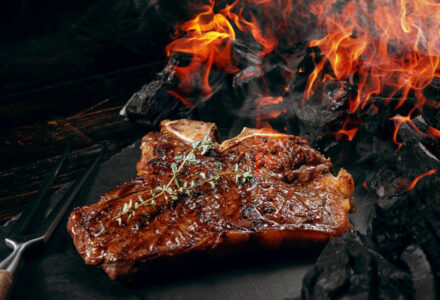 Achieving that signature charcoal taste on steak is a coveted skill for many grilling enthusiasts.
Achieving that signature charcoal taste on steak is a coveted skill for many grilling enthusiasts.
To get the charcoal flavor, using a charcoal grill or adding charcoal to a gas grill can create that desired smoky essence.
Those who prefer the convenience of a gas grill need not miss out.
By incorporating wood chips or charcoal briquettes, they can replicate the deep, rich flavor typically associated with charcoal cooking.
Experimentation with different types of wood, such as hickory or mesquite, can further enhance the taste.
Understanding the methods available will elevate any steak experience and satisfy the craving for that unmistakable grilled flavor.
Understanding Charcoal Grilling
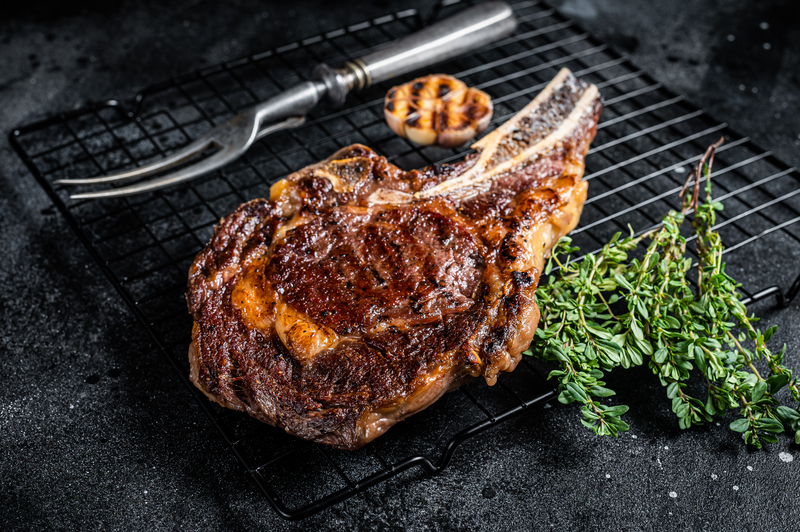
Charcoal grilling is a popular method for infusing rich flavors into food, particularly steak.
This section explores the types of charcoal available and the unique advantages of using charcoal as a cooking fuel.
Types of Charcoal
There are several types of charcoal that can affect the flavor and cooking experience.
Here are the primary forms:
- Lump Charcoal: Made from hardwood, it burns hotter and faster. It provides a clean, natural flavor and offers versatility in cooking temperatures.
- Charcoal Briquettes: Consistent in size and shape, briquettes are easier to use. They contain additives, which can impact flavor but create steady heat for longer cooking times.
- Natural Charcoal: Often made from coconut shells or other renewable resources, this option is eco-friendly and provides a unique flavor profile.
Selecting the right type of charcoal can greatly influence the taste of the steak and the overall grilling experience.
Benefits of Charcoal Grilling
Charcoal grilling offers several advantages that enhance the cooking process:
- Flavor: Charcoal imparts a distinct smoky flavor that enhances the taste of steak. The combustion of wood fibers releases complex compounds, adding depth to the meat.
- High Heat: Charcoal achieves higher temperatures than many gas options. This is essential for searing meat, creating a caramelized crust while keeping the inside juicy.
- Cost-Effective: Charcoal is often less expensive than gas and requires minimal equipment. The simplicity of charcoal grills makes them accessible for many home cooks.
These benefits make charcoal grilling a preferred choice for those seeking to elevate their steak-cooking game.
Selecting the Right Steak
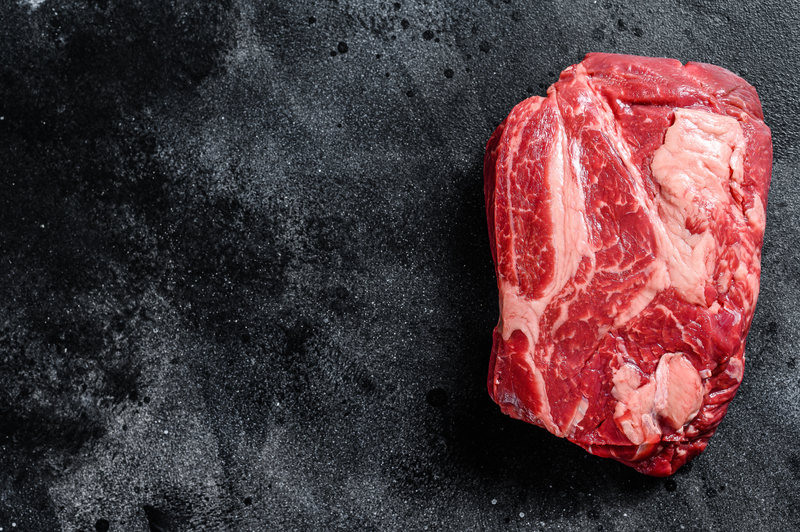
Choosing the appropriate steak is essential for achieving a desirable charcoal flavor.
The cut and thickness significantly influence how well the steak will absorb that smoky essence.
Best Cuts for Charcoal Grilling
Some steak cuts perform exceptionally well on charcoal grills due to their marbling and flavor profiles.
The following cuts are recommended:
- Ribeye: Known for its rich marbling, ribeye delivers excellent flavor and tenderness. The fat crisps up beautifully over charcoal.
- New York Strip: This cut offers a balanced flavor without excess fat. It produces a satisfying crust when grilled.
- T-bone: This cut combines tenderloin and strip steak, providing variation in texture and taste. It works well with direct heat.
- Skirt or Flank Steak: These cuts are flavorful and benefit from marinating. They grill quickly, making them ideal for high heat.
Selecting cuts with good marbling enhances flavor during grilling.
Steak Thickness
The thickness of the steak also plays a crucial role in flavor and cooking time.
Generally, a thickness of 1 to 1.5 inches is recommended for optimal results.
- Thicker steaks (1.5 inches or more): These steaks allow for a nice crust while retaining juiciness internally. They can handle the intense heat of charcoal grilling better without overcooking.
- Thinner steaks (1 inch or less): Thinner cuts cook quickly, which can lead to a lack of charcoal flavor if not monitored carefully. They need careful attention to avoid drying out.
Selecting the right thickness ensures a balance between crispy exterior and juicy interior, creating a satisfying char on the grill.
Preparing the Steak
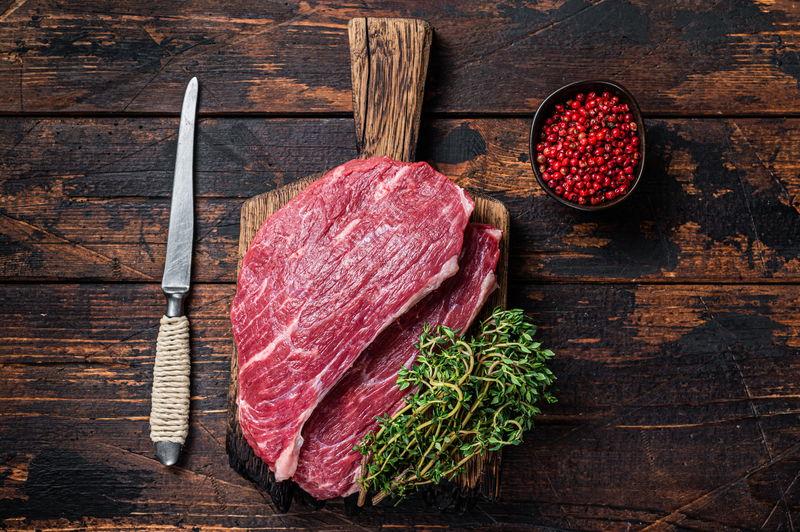
To achieve a charcoal taste on steak, preparation is crucial.
Seasoning and marinating techniques can significantly enhance flavor while complementing the smoky char obtained from grilling.
Seasoning Techniques
Choosing the right seasonings helps accentuate the steak’s natural flavors.
A simple blend of salt, pepper, and garlic powderoften suffices.
- Salt: Use kosher or sea salt. This enhances moisture retention and promotes a crust during cooking.
- Pepper: Freshly cracked black pepper adds a distinct bite.
- Garlic Powder: Offers a subtle depth that pairs well with charred flavors.
For more complexity, consider adding herbs like rosemary or thyme.
They impart a rich aroma and can elevate the steak’s taste when grilled.
A good practice is to season the steak at least 30 minutes before cooking, allowing the flavors to penetrate the meat effectively.
Marinating Options
Marinating can add layers of flavor while tenderizing the steak.
The key is to balance acidity and oil.
Common marinade components include:
- Acid: Use vinegar, citrus juice, or wine to tenderize and infuse.
- Oil: Provides moisture and helps flavors adhere.
- Flavoring agents: Ingredients like soy sauce, Worcestershire sauce, and mustard add depth.
A simple marinade can be made using 1 part acid to 2 parts oil with added seasonings.
Marinating for 1 to 4 hours is optimal.
Longer marinating may lead to a mushy texture.
Additionally, reserve some marinade to brush on the steak while grilling to reinforce flavors.
Setting Up the Grill
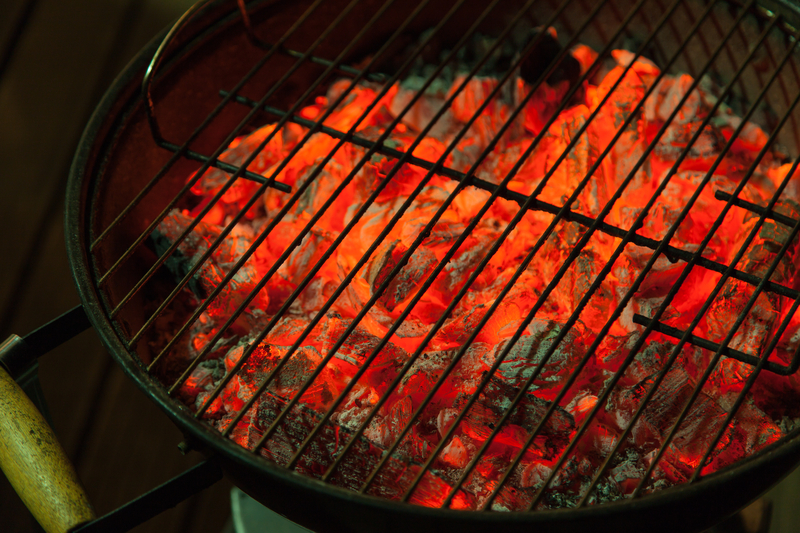
Proper grill setup is crucial for achieving that desired charcoal flavor on steak.
The following steps detail how to light charcoal effectively and manage grill temperature for optimal cooking.
Lighting the Charcoal
Starting with quality charcoal is essential.
Choosing lump charcoal or briquettes can influence flavor, as lump charcoal tends to burn hotter and produces a more smoky taste.
To light the charcoal, follow these steps:
- Arrange the Charcoal: Create a mound in the grill’s center or use a chimney starter for even heat distribution.
- Use a Fire Starter: Employ natural fire starters or lighter fluid sparingly to ignite the charcoal.
- Let It Ash Over: Allow the charcoal to burn until it becomes covered with white ash, indicating it’s ready for cooking.
This process can take 15-30 minutes.
Once ignited, the charcoal should emit a steady heat, perfect for grilling steak.
Grill Temperature Control
Temperature control is key to achieving the perfect steak.
A consistent temperature allows for even cooking and the formation of the desirable sear.
To manage grill temperature effectively:
- Use Zone Cooking: Create heat zones by pushing coals to one side for direct heat and leaving the other side cooler for indirect cooking.
- Monitor the Temperature: Invest in a reliable grill thermometer to maintain a target temperature of around 450°F to 500°F for searing.
- Adjust Airflow: Use the grill’s vents to regulate airflow. Opening the vents increases temperature, while closing them can cool the fire.
Effective temperature control enables proper cooking techniques, bringing out rich flavors and textures.
Grilling the Steak
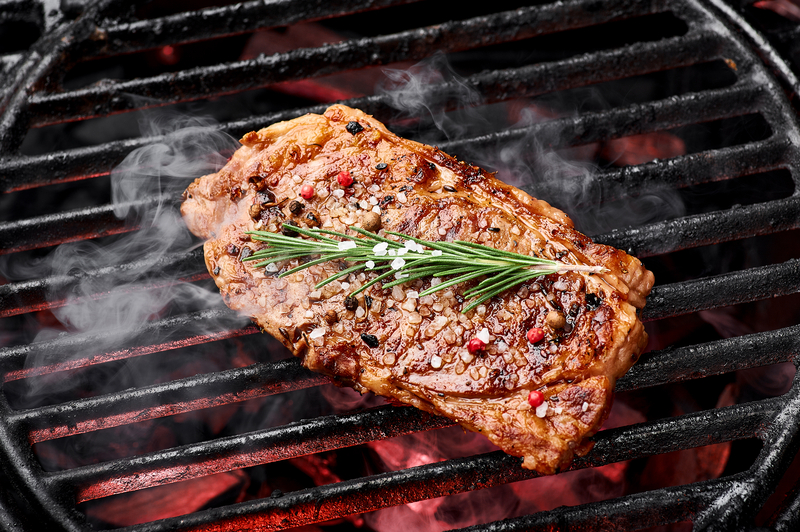
Grilling steak effectively can enhance its flavor and achieve that desirable charcoal taste.
Key factors include placement on the grill, flipping techniques, and checking for doneness.
Placement on the Grill
The placement of steak on the grill is crucial for achieving even cooking and the perfect char.
A two-zone fire setup works best, with one side providing direct high heat and the other side indirect low heat.
- Direct Heat: Place the steak on the hot side for a sear, which caramelizes the meat and creates a flavorful crust.
- Indirect Heat: After searing, move the steak to the cooler side to finish cooking through without burning the exterior.
Positioning the steak correctly aids in controlling the cooking process and infusing a smoky flavor.
Flipping Techniques
Flipping the steak at the right intervals can help develop a better crust and even cooking.
- Initial Sear: Leave the steak undisturbed for 3-5 minutes on the hot side to allow a nice sear to form.
- Timing: Turn the steak only once to maintain its juices. For a medium steak, aim for a total cooking time of 6-8 minutes.
- Tools: Use tongs instead of a fork to avoid piercing the meat, which can cause juices to escape.
Proper flipping gives the steak the necessary crust while keeping it juicy on the inside.
Checking for Doneness
Knowing when the steak is perfectly cooked is essential for optimal flavor and texture.
The best method is using an instant-read thermometer.
- Temperature Guide:
- Rare: 120°F (49°C)
- Medium Rare: 130°F (54°C)
- Medium: 140°F (60°C)
- Well Done: 160°F (71°C)
Insert the thermometer into the thickest part of the meat, ensuring it doesn’t touch bone.
After taking it off the grill, let the steak rest for 5 minutes.
This allows juices to redistribute, enhancing overall taste.
Enhancing the Charcoal Flavor
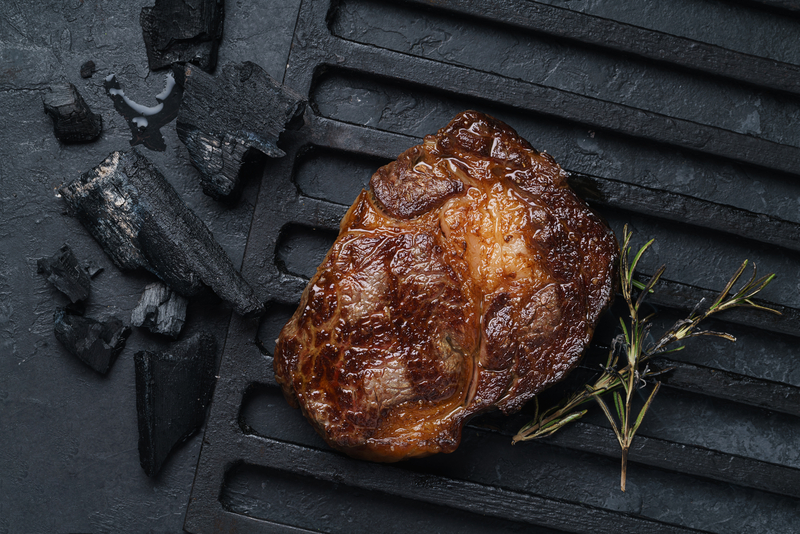
Achieving a rich charcoal flavor in steak involves specific techniques that focus on smoke and the arrangement of charcoal.
Both smoke woods and the method of charcoal placement play vital roles in intensifying this flavor profile.
Using Smoke Woods
Incorporating smoke woods can significantly elevate the charcoal taste.
Different types of wood impart unique flavors.
- Hickory: Known for its strong, smoky flavor, hickory complements beef well and enhances the overall charcoal essence.
- Mesquite: This wood produces a bold, spicy smokiness that works well for those who enjoy a powerful flavor in their steak.
- Applewood: For a milder, slightly sweet taste, applewood offers a nice contrast to beef’s richness.
To use smoke woods effectively, soak wood chips in water for about 30 minutes before adding them to the charcoal.
This method prolongs the smoke duration and enhances the flavor absorption in the steak.
Charcoal Arrangement Methods
The arrangement of charcoal directly affects heat distribution and the development of flavor.
The two-zone cooking method is highly effective.
- Direct Heat Zone: Place a majority of the coals on one side of the grill for high, direct heat. This will create a good sear that locks in juices and enhances the char.
- Indirect Heat Zone: On the other side, leave a cooler area for slower cooking. After searing, the steak can be moved here to finish without burning.
For an added boost, use lump charcoal as it produces less ash and burns hotter compared to briquettes.
This Jealous Devil All Natural Hardwood Lump Charcoal delivers superior grilling performance with its ultra-dense hardwood composition, offering consistent high heat and a long burn time.
Its clean-burning properties enhance flavors without adding unwanted smoke or chemical taste.
The combination of high heat and smoke contributes to a pronounced charcoal flavor in the steak.
Post-Grilling Tips
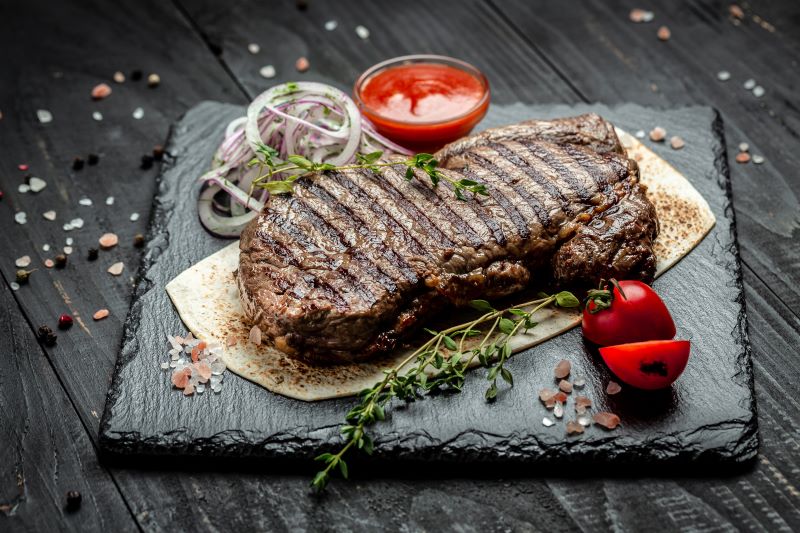
After grilling, certain steps are crucial to enhance the flavor and texture of the steak.
Proper resting and thoughtful serving suggestions can elevate the dining experience.
Resting the Steak
Resting is essential for juicy steak.
After removing the steak from the grill, place it on a cutting board and cover it loosely with aluminum foil.
This keeps it warm while redistributing the juices throughout the meat.
A good resting period is typically 5 to 10 minutes for steaks of average thickness.
Thicker cuts may benefit from a longer rest, up to 15 minutes.
During this time, the juices, which tend to pool at the surface during cooking, will settle evenly, preventing loss when cutting.
Serving Suggestions
Serving a steak properly can enhance its enjoyment.
Start by slicing against the grain to ensure tender bites.
Consider garnishing with a sprinkle of sea salt or fresh herbs, which can complement the smoky flavor.
Pairing the steak with sauces like chimichurri or a rich mushroom sauce can add complexity.
For sides, roasted vegetables or buttery mashed potatoes are excellent choices.
Present the steak on a warm plate to maintain temperature.
Achieving Charcoal Flavor on Steak Without a Charcoal Grill
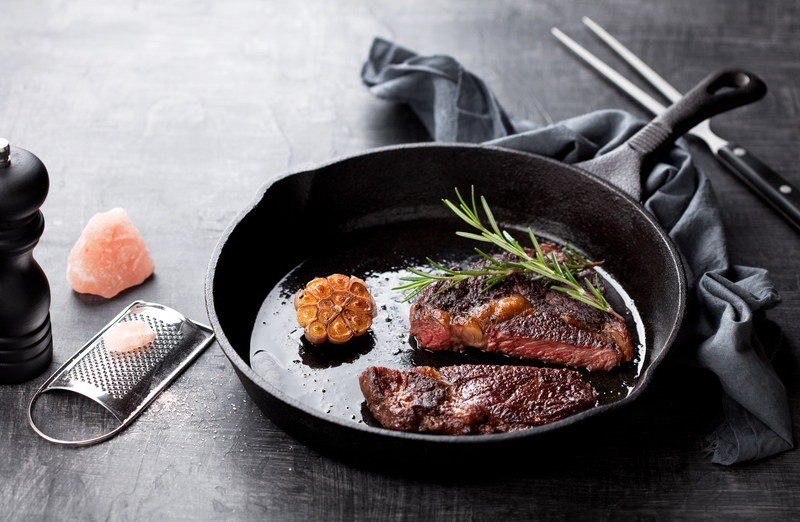
If you don’t have a charcoal grill but crave that signature smoky flavor on your steak, there are effective alternatives to achieve it:
Use a Smoky Marinade or Rub
Incorporate smoked spices like smoked paprika, chipotle powder, or liquid smoke into your marinade or rub.
These ingredients mimic the taste of charcoal grilling.
Let your steak marinate for at least an hour to allow the smoky flavors to penetrate.
Smoke Infusion with Wood Chips
Create a makeshift smoking setup on a gas grill or stovetop.
Wrap soaked wood chips in aluminum foil, puncture holes, and place the pouch near the heat source.
As the chips smolder, they produce smoke that infuses the steak with a charcoal-like aroma.
Cast Iron Sear with High Heat
A cast iron skillet can replicate the high heat of a grill, creating a flavorful crust.
The Lodge Cast Iron Pre-Seasoned Skillet is a versatile, heavy-duty cooking tool designed for a wide range of heat sources, including ovens, stoves, grills, and campfires.
It can handle extremely high temperatures, creating a beautifully charred crust that locks in juices.
Built to last, the skillet is ideal for repeated, heavy-duty use, making it a reliable tool for steak lovers.
Preheat the skillet until it’s smoking hot, then sear the steak for a few minutes per side.
Add a small piece of burnt wood or a few drops of liquid smoke for an extra smoky kick.
Oven Broiling with Smoky Enhancements
Broiling simulates the intense heat of a grill.
Position your steak close to the broiler and cook until it develops a crusty, charred exterior.
Enhance the flavor by brushing it with a smoky butter or glaze during the last few minutes.
Use a Smoking Gun
For a more controlled method, a smoking gun can add authentic smoky flavor to your steak.
The Breville Smoking Gun Food Smoker is a compact, handheld device that adds natural cold smoke flavor to food and drinks.
Its sleek design and easy operation make it an excellent tool for elevating dishes with a smoky essence without traditional smoking equipment.
After cooking, place the steak in a covered container and fill it with smoke from the gun.
Let it sit for a few minutes to absorb the flavor.
These techniques ensure that you don’t miss out on the delicious charcoal taste, even without a charcoal grill.

